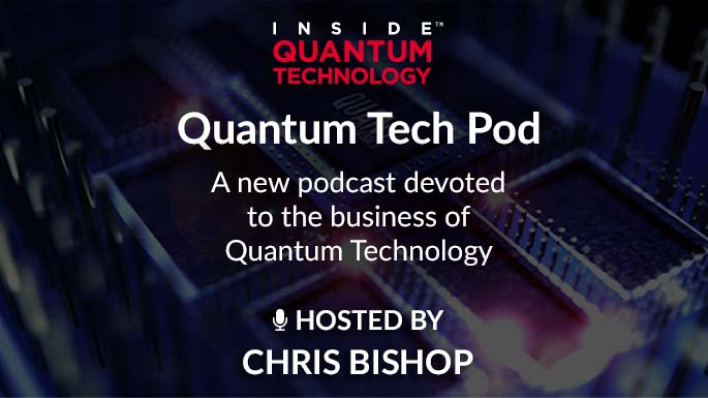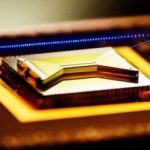Research Produces Intense Light Beams with Quantum Correlations Having Potential Applications High-Precision Metrology and Information Encoding
(EurekaAlert) Both crystals and atomic vapors can be used to produce quantum correlated pairs of light beams. Investigating the behavior of these sources is a challenge. The behavior of light below a certain level of power resembles that of the light produced by a bulb. Above a certain threshold, its characteristics are similar to those of a laser.
The use of atomic vapors has been considered a more efficient alternative that enhances the accessibility of non-classical light states. “We show that oscillators based on these atomic amplifiers can generate intense beams of light with quantum correlations,” Marcelo Martinelli, a researcher in the University of São Paulo’s Physics Institute (IF-USP), told Agência FAPESP. Martinelli is a co-author of an article published in Physical Review Letters describing the main results to date of a Thematic Project for which he is the principal investigator.
“This offered two advantages in comparison with the old crystal-based cavities – more quantum efficiency so that the number of photons supplied by the output window easily surpassed the number of photons lost to the environment, and a chance to investigate more subtle details of the transition between light with heterogeneous frequencies and the production of intense laser-like beams. It was as if we had opened a window on to the quantum dynamics of the phase transition,” Martinelli said.
Potential applications include high-precision metrology with manipulation of the quantum noise in light and information encoding via quantum entanglement.





















